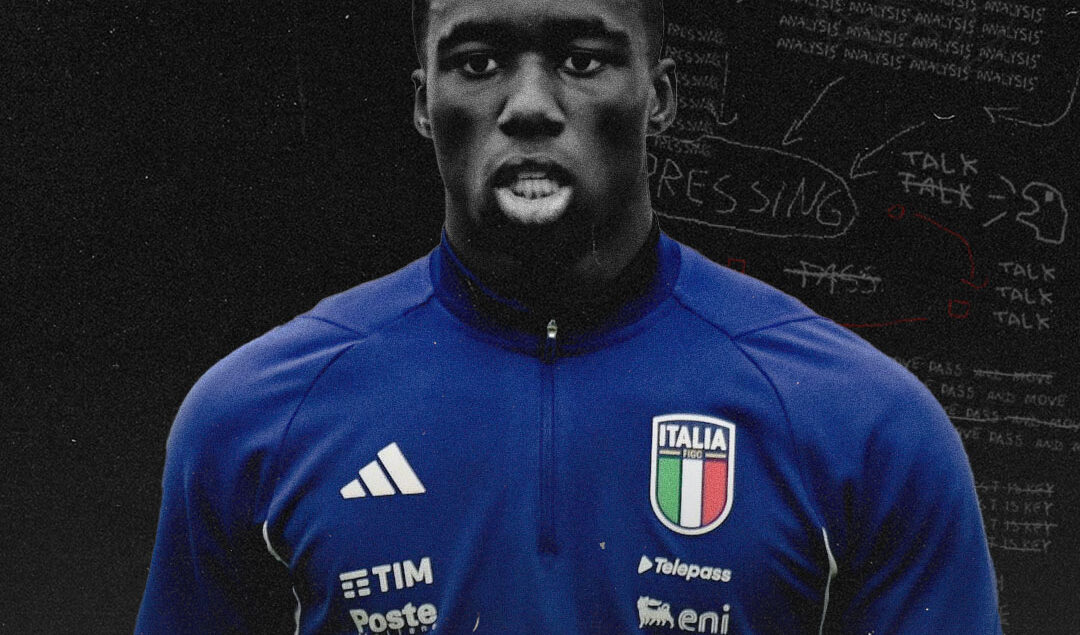How Data is Shaping the Future of Soccer

The development of data analytics has changed virtually every aspect of modern soccer. Starting as a simple collection of scores and analysis of performances, it eventually developed into one of the most potent tools and redefined team strategies and talent development. In this article, we look at how data analytics has become an indispensable part of modern soccer.
Making Technology Accessible in Soccer
Technological advancements have made it possible for soccer clubs at every level to use data analytics. From the grassroots to the professional level, teams are using equipment like GPS trackers and wearable technology to receive accurate data relating to player movement, physical health, and game performance. This data helps the coaches make the right decisions about player workload, enhance specialized training regimes, and reduce injuries. This budget-friendly equipment has changed how coaches manage and develop players, allowing clubs of all sizes to take a data-based approach to competition.
The Fan Experience and Engagement
Data analytics has transformed soccer fans’ experience through enhanced engagement through betting, fantasy sports leagues, and interactive applications. These tools draw insights based on complex patterns of how players perform or how specific teams measure up against others.
This information powers game predictions, allowing fans to participate in the sport like never before. All of this builds on the long history of sports gambling as a way for sports enthusiasts to engage with their favorite teams and players. Online platforms have made it easier than ever for fans to place wagers and follow the odds, allowing them to participate in soccer matches when and where they want.
Standardizing Data for Global Insights

The drive towards standardized data collection and analysis is critical for the global development of soccer. Key projects, such as FIFA’s Football Data Ecosystem, seek to coordinate data standards and level the playing field on how a player or team’s performance can be assessed across the world. In this way, standardization has become essential for scouting, making it possible to compare players across various leagues and competitions on equal grounds. Furthermore, it has influenced game strategy and player development by offering a unified language for assessment of potential and performance.
Enhancing Player Performance and Safety
Player performance and safety can be significantly enhanced using data analytics. Through detailed biomechanical data, clubs can now identify risk factors for injuries, design customized rehabilitation programs, and optimize player recovery. Furthermore, data analytics also tracks player performance and risk metrics in real time during games and training, allowing the training staff to make immediate adjustments to the workloads, reducing the risk of overtraining and injury. This approach can help extend a player’s career, ensuring they maintain the best health possible throughout their years on the field.
Data-Driven Tactical and Strategic Decisions
Soccer has equally been impacted by the influence of data analytics on the decision-making process regarding tactics and strategy. Some clubs, including Liverpool and Manchester City, have been the front runners in using data analytics for game preparation and in-game decisions. These two teams underscore how a detailed analysis of player metrics and opponents’ tendencies might determine the outcome of the game. Data simulations in the form of game scenarios help teams weigh potential competing outcomes before a match even begins.
Future Trends and Predictions
The future of soccer is likely to be fundamentally transformed by developing technologies. Artificial Intelligence and machine learning will provide unprecedented opportunities for information gathering for player development, in-game tactics, and fan engagement. Advances in predictive analytics are likely to redefine talent identification by offering reliable projections of players’ career trajectories. Virtual and augmented reality will almost certainly become an integral part of training and watching matches. As the potential applications of these and many other technologies keep growing, there is no limit to the soccer field where data can be used to make the game more connected, informed, and exciting.
